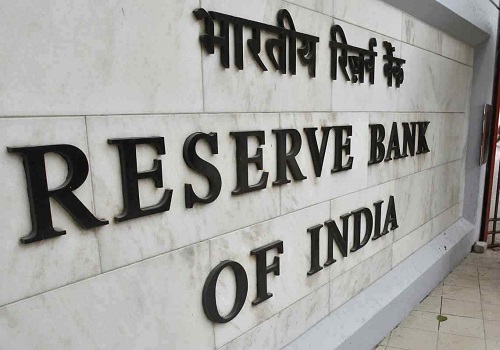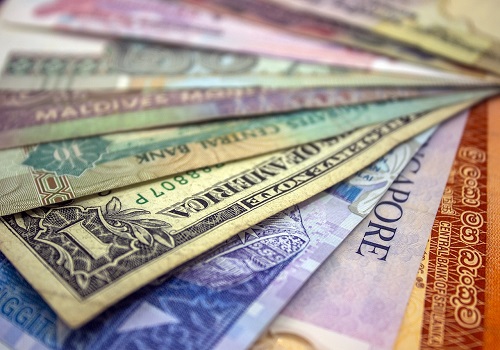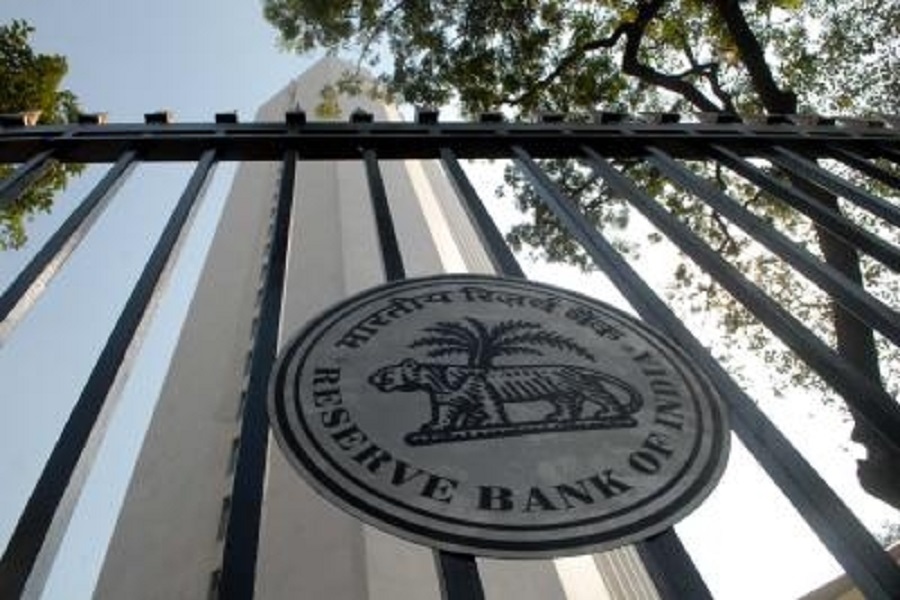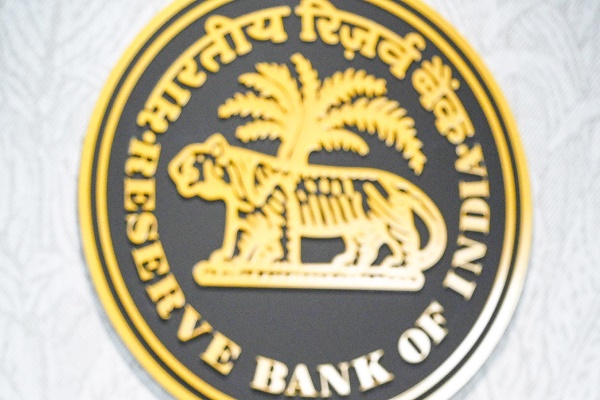RBI to Transfer a Record Dividend of Rs 2.7 Trillion to the Center by CareEdge Rating

The Central Board of Directors of the Reserve Bank of India (RBI) agreed on a dividend transfer of Rs 2.7 trillion to the Central government, in line with our expected range of Rs 2.5-3.0 trillion. With this, the surplus dividend transfer has scaled a fresh record high exceeding last year’s dividend of Rs 2.1 trillion. The dividend received from RBI alone has marginally exceeded the budgeted amount of Rs 2.6 trillion expected from the RBI, Nationalised banks and Financial institutions collectively for government accounts of FY26. Though the RBI dividend is higher compared to the previous year, it has come below the market expectations centred around higher than Rs 3 trillion.
Increased risk provisioning under the revised Economic Capital Framework (ECF) reined in the dividend at Rs 2.7 trillion. For FY25, the Central Board has increased the Contingent Risk Buffer (CRB) to 7.5% of the balance sheet from 6.5% in the previous year. The revised framework requires the risk provisioning under the CRB to be maintained within a range of 4.5-7.5% of the RBI’s balance sheet.
Section I of this note explores the potential factors contributing to the higher dividend, while Section II evaluates the liquidity and fiscal implications of this large dividend.

I. Understanding the Potential Forces Behind the RBI’s Dividend
With the RBI yet to release its annual report, the reasons behind the higher surplus reported for FY25 are still awaited. However, we expect that the substantial gains incurred from dollar sales throughout the year may have been the key contributing factor for this record dividend transfer. Furthermore, other factors such as the interest income from rupee securities and foreign securities could have also underpinned the higher dividend amount to some extent.

A. Upbeat Gross Dollar Sales Likely to have Driven the Higher Dividend
Gains from gross dollar sales are likely to be the key driver of the higher RBI dividend. The Indian rupee traded in a narrow range of 83-84 in H1 FY25, however, it weakened by a sharp 4.4% against the dollar between October 2024 and February 2025, touching an all-time low mainly due to large FPI outflows. This prompted heavy intervention by the RBI in the forex market with gross dollar sales amounting to USD 399 billion in FY25 compared to USD 153 billion in FY24. The sharp increase in quantum of gross dollar sales coupled with widening gap between the historical purchase price of dollars and the sales price would have contributed to a substantial increase in the RBI’s earnings.

B. Interest Income Likely to Have Remained Stable
Furthermore, interest earnings from rupee securities and foreign currency assets could have also contributed marginally towards the higher RBI dividend. The assets and liabilities position of the RBI as of end-March FY25 shows that the holdings of rupee securities including treasury bills increased to Rs 15.6 trillion from Rs 13.6 trillion in the previous year. The RBI conducted net OMO purchases to the tune of Rs 2.6 trillion in FY25 to support the liquidity conditions. However, the G-sec yields moderated in FY25 with the average yield on 10-year G-sec moderating to 6.87% in FY25 from 7.11% in FY24. With the increased holdings of rupee securities juxtaposed against the moderation in G-sec yields, we expect the overall interest income to support the higher RBI dividend only to some extent. Additionally, RBI’s holdings of foreign currency assets stood at Rs 48.6 trillion as of end-FY25, higher by only 1.3% compared to the previous year. The US Fed cut policy rates by 100 basis points cumulatively in FY25. Furthermore, the average US 10-year Treasury yield increased only marginally to 4.3% in FY25 from 4.1% in the previous year. Thus, we expect interest income from foreign securities to have remained largely around the last year levels.

II. Implications of the Higher RBI Dividend
A. RBI Dividend Expected to Boost the Banking System Liquidity Average banking system liquidity has moved to a surplus since end-March 2025 after being in a deficit for around three months. The core liquidity surplus also remained comfortable at Rs 2.3 trillion as of 2 nd May. Between January to 22nd May, the RBI has injected liquidity into the banking system to the tune of Rs 9.5 trillion through OMOs, long-term Variable Rate Repo (VRR) auctions and forex swaps. RBI has been infusing liquidity into the banking system to facilitate better transmission of policy rate cuts. The RBI may have also resorted to OMO purchases to counter the impact on rupee liquidity as it began unwinding its large net short forward position in the forex market. The announced dividend transfer is expected to further boost the banking system liquidity surplus.
B. RBI’s Dividend to Provide Some Additional
Fiscal Space The quantum of RBI’s dividend transfer to the Central Government has shown a notable increase in the recent years. The RBI dividend marginally exceeded the budgeted amount expected in the form of dividend/surplus from the RBI, Nationalised banks and Financial institutions collectively for the government accounts for FY26.

The marginally higher RBI dividend comes at a juncture where the central government’s finances are facing challenges from slowing economic growth and weak capex momentum. We project the FY26 nominal GDP growth to be lower at 9.6% as against the budgeted growth of 10.1%. The moderation in growth is likely to have implications for the tax revenue collections. It is to be noted that while our GDP growth projection for FY26 has been pared down, the GDP growth estimate for FY25 has been revised upwards by the government. Hence, even with lower growth number, the nominal GDP for FY26 could be higher than the budgeted number. This would provide some reprieve to the fiscal deficit-to-GDP ratio. The RBI dividend is expected to offer fiscal space of around 0.1% of GDP. However, with growth moderating, we expect the FY26 fiscal deficit-to-GDP to be at the budgeted 4.4%. It will be crucial to monitor how the government utilizes the additional fiscal space from the RBI dividend and the pace of the government's capex revival.
We expect the RBI to cut the policy rate by another 50 basis points in FY26 amid moderation in inflation, with chances of deeper rate cuts if growth falters. We expect 10-year G-sec yield to trade between 6-6.2% by end FY26 supported by easing inflation and RBI rate cuts
Above views are of the author and not of the website kindly read disclaimer























